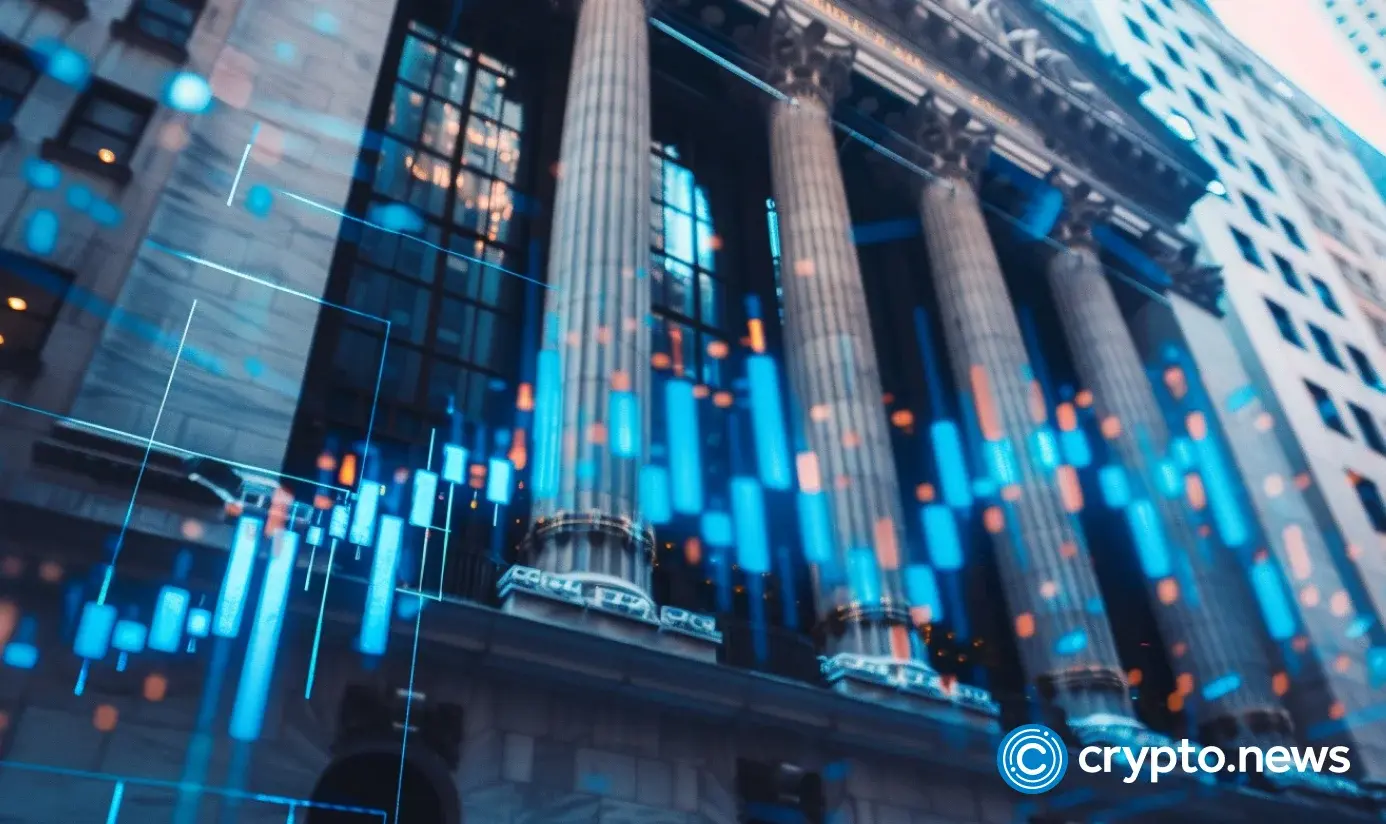London’s bullion market is seeking to launch a new form of ‘digital gold’ that could change the way people trade, settle and use bullion for collateral.
Summary
- World Gold Council plans to digitalize gold through “Pooled Gold Interest,” which will be trialed in the first quarter of 2026.
- The crypto community is no stranger to digital gold, with most of them being stablecoins backed by gold reserves or Bitcoin itself which has been dubbed the same name.
Chief executive of the World Gold Council, David Tait, said the miners’ group wants to transform London’s $900 billion physical market of precious metals into a form of digital gold that would allow the traders to “pass gold digitally around the gold ecosystem, as collateral, for the first time.”
“We are trying to standardize that digital layer of gold, such that the various financial products used in other markets can be used in the gold market going forward,” said Tait in an interview with Financial Times.
The goal behind digital gold, according to Tait, is to change how asset managers view gold as a static asset. Although gold is largely valued for its physical nature and its status as a “safe haven asset,” Tait is also aware that it is competing with much more modernized digital assets such as cryptocurrencies.
Although gold has exhibited major gains in the past three years, doubling in value and even reaching a record-high this week, most investors still see it as a static unyielding asset that stays the same on the balance sheet. Tait hopes that by digitalizing gold, it could be used for margins and collateral, generating profit for investors.
“For the banks, from a collateral perspective, they will make a lot of money, as they get an opportunity to use the gold on their balance sheet as collateral,” said Tait.
The asset will be called “pooled gold interest” or PGI. This new unit would allow banks and investors to trade in fractional ownership over physical gold through separate accounts. The World Gold Council plans to start a pilot program for the digital gold involving commercial participants in the first quarter of 2026.
Digital gold in the crypto sphere
Digitalizing the traditionally physical asset is not a new concept. Several crypto firms have attempted to do the same by creating digital assets pegged to the value of gold reserves. However, only a few have managed to hold up commercially.
According to data from Blockdata, out of the 66 active stablecoin projects there are 24 discontinued ones. Of those that have shut down, 16, or two-thirds, were reportedly been backed by gold reserves.
Two of the most successful gold-backed stablecoins are Tether Gold (XAUT) and Pax Gold (PAXG), both of which have generated more than $1 billion market cap since their respective launches.
In fact, Bitcoin (BTC) has often been dubbed as ‘digital gold’ for the similarities it shares with the physical metal asset and the movements that often mimic the other safe haven asset.
 Bitcoin has often been dubbed digital gold because its price movements often mimic gold | Source: TradingView
Bitcoin has often been dubbed digital gold because its price movements often mimic gold | Source: TradingViewOften times when gold is performing well, Bitcoin’s rally is close behind. As shown in this chart, gold’s rally is driven by safe-haven status, supported by central bank buying and macroeconomic uncertainty. Bitcoin’s rise, while also benefiting from the flight from fiat, is more dynamic and aligns with a historical pattern of outperformance following a gold rally.
What makes WGC’s venture different from past gold-backed tokens is the form it takes. According to the white paper, WGC’s proposal would offer gold ownership through over-the-counter or OTC means in London. This would include the participation of major banks and trading houses as co-owners of the underlying gold.

















 English (US) ·
English (US) ·